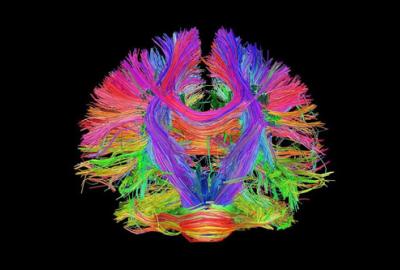Neuromatch Academy aims to introduce traditional and emerging tools of computational neuroscience to trainees. It is appropriate for student population ranging from undergraduates to faculty in academic settings and also includes industry professionals. In addition to teaching the technical details of computational methods, Neuromatch Academy also provide a curriculum centered on modern neuroscience concepts taught by leading professors along with explicit instruction on how and why to apply models.
This course introduces the core concepts of dimensionality reduction and provides an application of dimensionality reduction applied to multi-dimensional neural recordings using brain-computer interfaces with simultaneous spike recordings.








